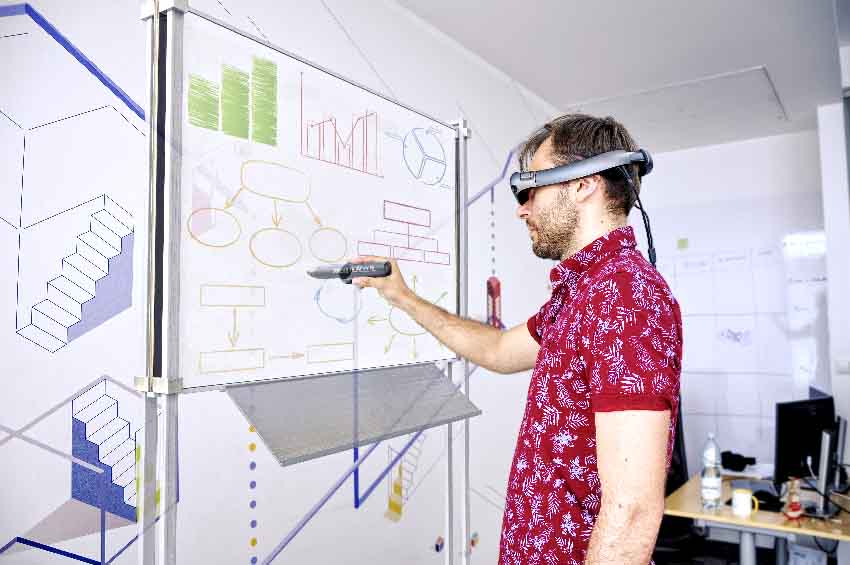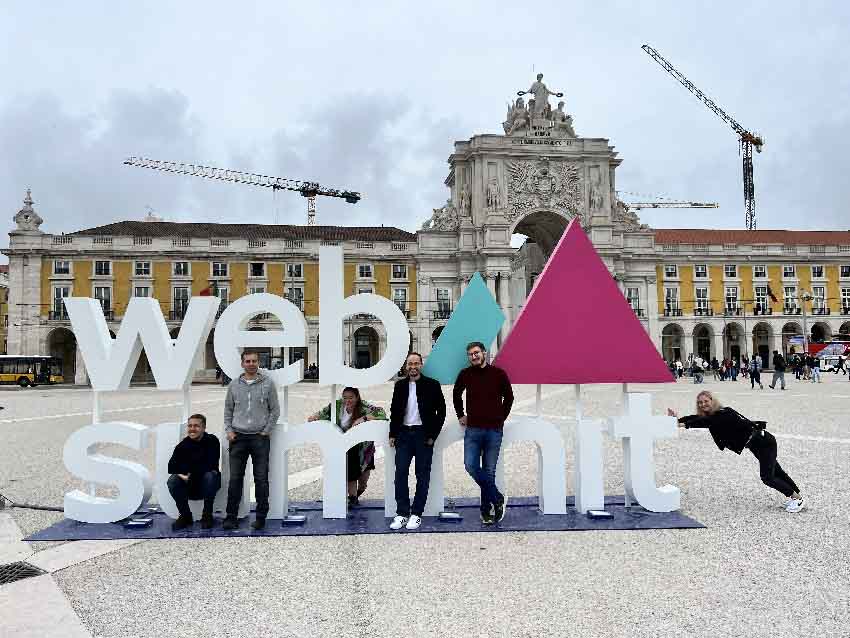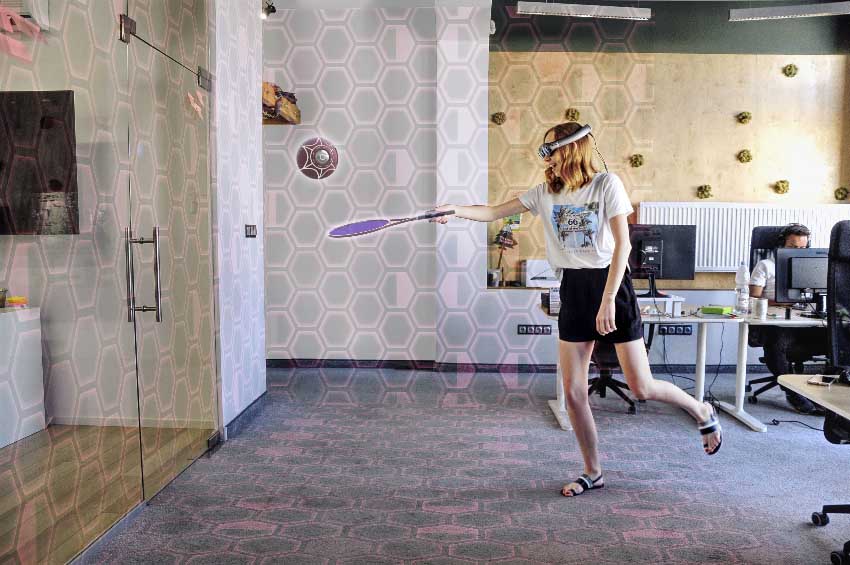Nomtek is a digital product development studio founded in 2009. They specialize in designing and developing digital products and XR experiences for various industries such as wellness, healthcare, entertainment, and e-commerce. The company believes in honest development and reducing waste by building products that solve real user problems. To achieve this, Nomtek relies on data-driven decision-making as early as possible in the product development process.
Starting out as early developers of iPhone applications, Nomtek is now focused on exploring the potential of XR experiences to bring innovation to work and entertainment. To ensure that their products are meeting user needs, Nomtek develops products by relying on user feedback and usage data.
Interview with Maja Nowak, Content Manager at Nomtek.
Easy Engineering: What are the main areas of activity of the company?
Maja Nowak: Nomtek innovates the digital space by creating mobile applications, offering product strategy consultations, organizing UI/UX workshops, and developing XR experiences. The company puts heavy emphasis on QA testing to ensure the positive impact the products have on the end user.
E.E: What’s the news about new products?
M.N: Nomtek is a company that prioritizes innovation and strives to enhance the user experience through fine-tuned digital technology. We have an internal research and development department, where Nomtek explores new possibilities and advances in technology to find solutions to pressing user problems in different scenarios. The company is currently engaged in researching and developing solutions in several areas, including payments, augmented reality experiences, inclusive museum guides, and orienteering. By focusing on these areas, Nomtek is dedicated to developing products that offer solutions to real-world problems with exceptional user experience.

E.E: What are the ranges of products?
M.N: Nomtek offers a range of products and services such as the development of mobile apps for iOS and Android platforms, wearable apps, web apps, and cross-platform apps using Flutter or low code tools. Nomtek is also heavily invested in augmented reality experiences. We’re currently collaborating with Qualcomm Technologies, Inc. to use augmented reality to elevate collaboration and create an ergonomic workspace of the future.
E.E: At what stage is the market where you are currently active?
M.N: The mobile app market, where Nomtek started, is mature, with a high level of competition and a demand for high-quality, user-friendly products that provide value to users. Augmented reality space, on the other hand, is a rapidly growing market in which there’s huge potential for amplifying entertainment, work, and everyday living. At Nomtek, we predict that the emergence of lightweight and ergonomic AR glasses with extended battery life will make augmented reality as common as mobile phones.
E.E: What can you tell us about market trends?
M.N: Market trends in mobile app development include a focus on user experience and personalization, as well as the integration of emerging technologies such as AI, AR/VR, and blockchain. There’s also a growing trend toward the development of cross-platform apps that can work seamlessly across multiple devices and platforms but are developed by one team. This is immensely helpful in streamlining project communication and driving development costs down while delivering value to the users.

E.E: What are the most innovative products marketed?
M.N: We have a few innovative projects going on now.
For example, Yond is a unique and immersive blended reality experience that combines augmented and virtual reality in a physical space built using artistic patterns. Developed for Meta’s Quest Pro, Yond creates a soothing and relaxing environment that emphasizes human agency in a world increasingly dependent on technology. The experience uses a blended reality technology (real + AR + VR) that offers a unique way to seamlessly interact with technology.
We’re also very excited to be working with industry leaders. By participating in the Snapdragon Spaces™ Pathfinder Program, we can explore new technology developed by Qualcomm, which will certainly help us build new, interesting XR products that will make our work easier. Another new project for us is a location-based experience for viewing content in augmented reality. In this project, we’re working with technologies such as Niantic VPS and Geospatial API to create interesting AR experiences inside and outside buildings.

E.E: What estimations do you have for 2023?
M.N: In the XR industry, we’re at the beginning of the road — you can compare it to the times of the first iPhones.
We expect the pace of development to accelerate: XR kits will be lighter and more comfortable. Thanks to the use of wired and wireless tethering (like the latest Xiaomi AR glasses), we will be able to use the computing power of our smartphones and boost the device’s content-viewing capabilities.
And we have high expectations for Apple. We’re waiting for the premiere of their augmented reality headset. After all, it’s usually the Cupertino giant that sets the scene for the development of new wearable products, just like they did with smartwatches, wireless headphones, smartphones, and laptops.

